Children from countries in Latin America have been making the perilous journey to the U.S. border for decades, but there has been an increase in recent years.

Starting in October 2011, the U.S. government recorded a dramatic rise in the number of children making the trip alone from three countries in Central America — Guatemala, Honduras, and El Salvador.

The number of children crossing alone has especially surged over the past year, particularly in South Texas.
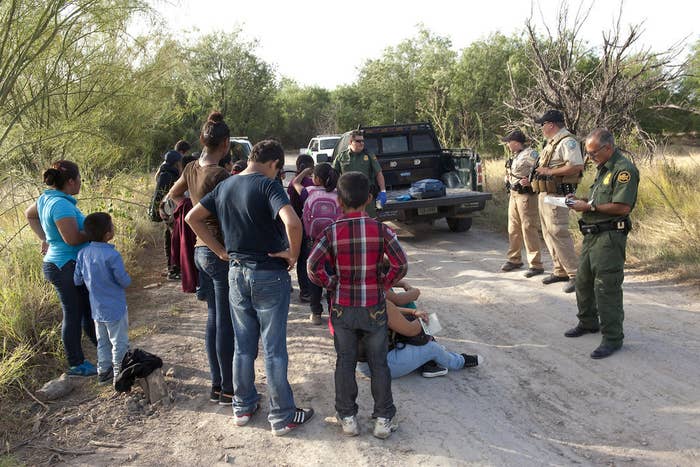
Three-quarters of them were picked up in the Rio Grande Valley, according to U.S. Customs and Border Protection.

The majority of the minors hail from Honduras, the country with the highest homicide rate in the world, according to the United Nations.
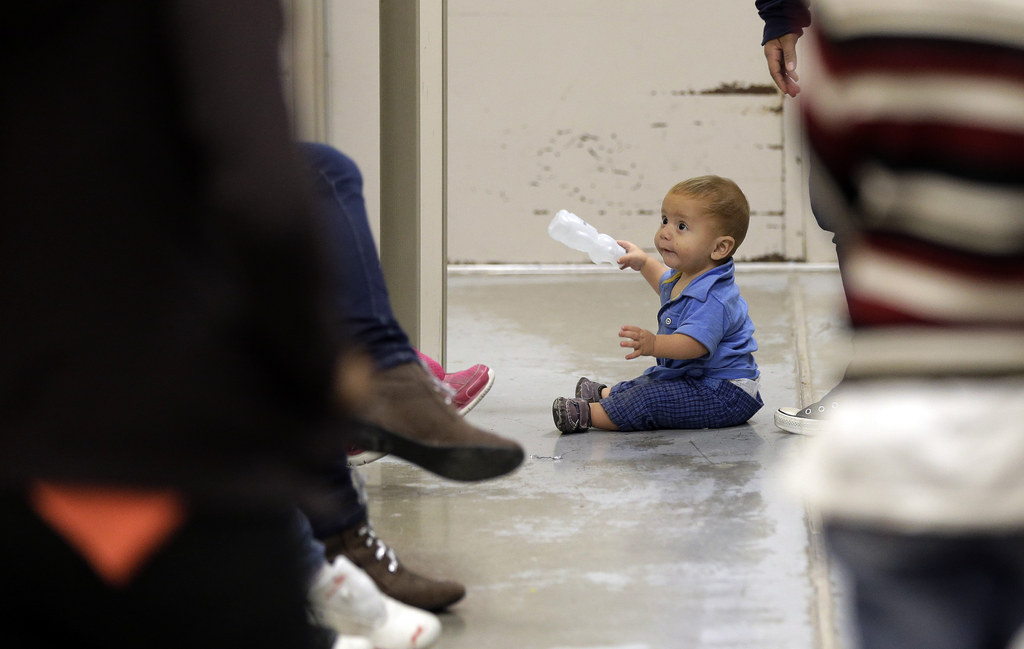
The undocumented minors vary in age. Many are teenage boys, but White House officials have said the children are getting younger and that border agents are increasingly seeing more girls.

The federal government predicts the total number of unaccompanied minors apprehended at the border could reach 90,000 by the end of September, which would more than triple last year’s figures.
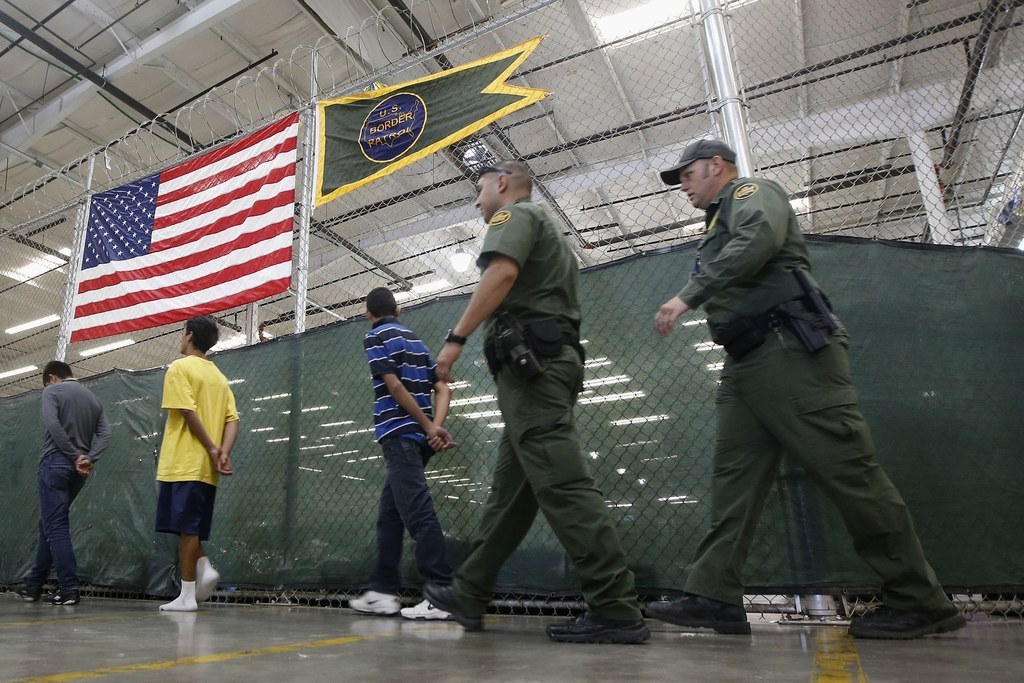
Migrants from Mexico’s interior, Central America, and countries around the world have for years taken a treacherous route through Mexico to the U.S. border, with the help of paid smugglers known as "coyotes."
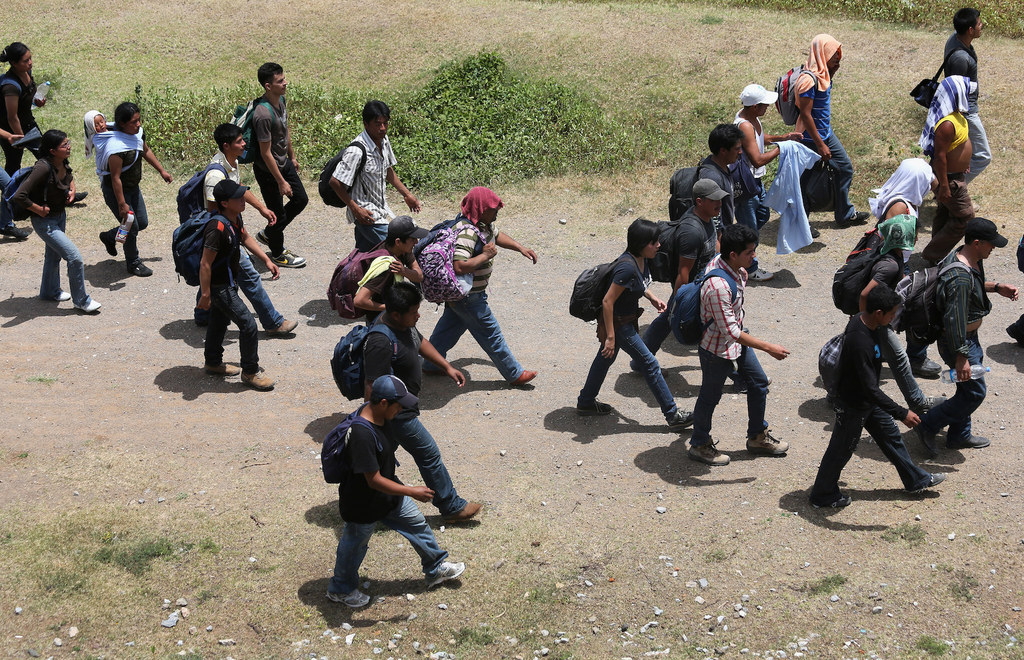
For many, the journey entails bribing municipal, state, or federal police at the Guatemala-Mexico border and a lengthy ride atop one of two famed northbound cargo trains commonly called “The Beast.”
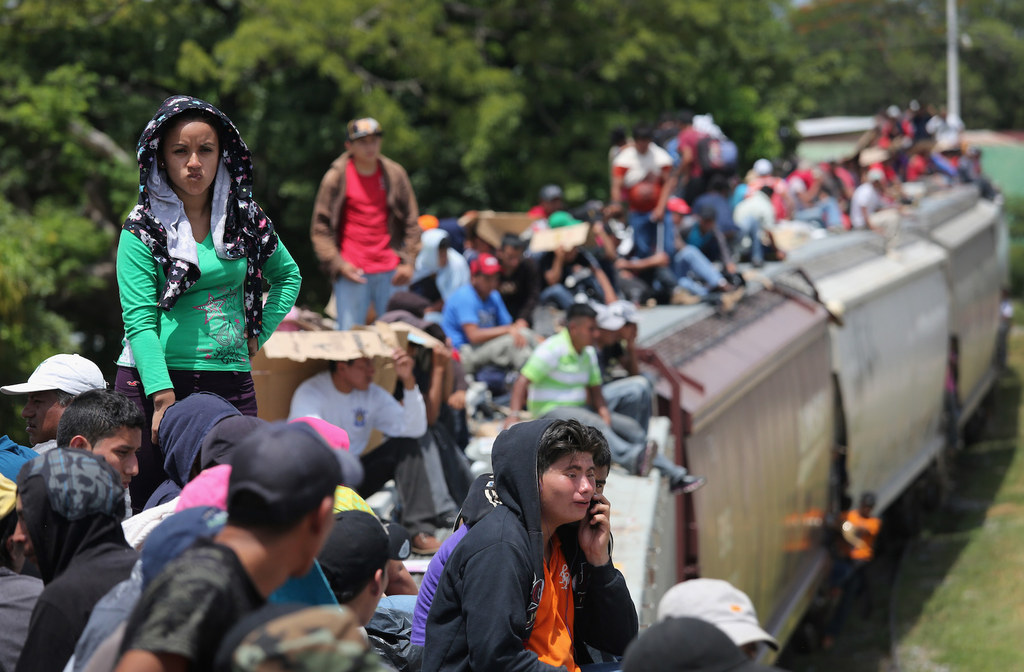
Over the years, there have been countless reports of people losing their lives or limbs while trying to get on and off the moving trains.

Migrants traveling through Mexico are also subject to kidnappings, extortion, theft, and physical and sexual abuse at the hands of drug cartels and other criminals.

Until recently, the trains have been policed very lightly.
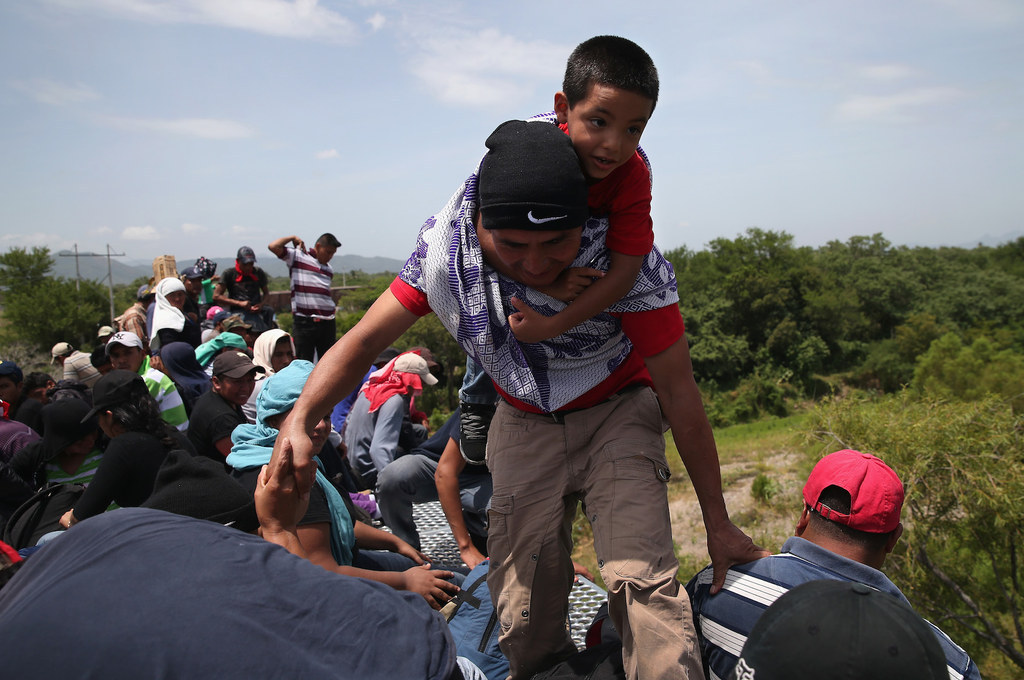
The exact reason for the sudden increase in the number of children fleeing Central America for the U.S. remains unclear.
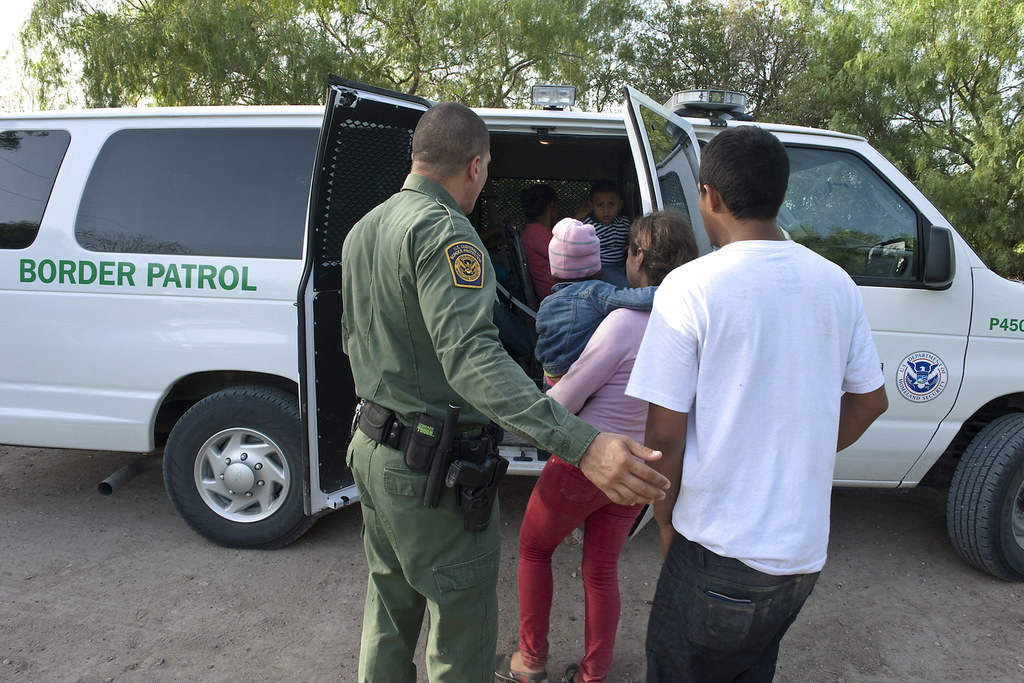
Some people have reportedly also been drawn by rumors of changes to U.S. immigration policies.
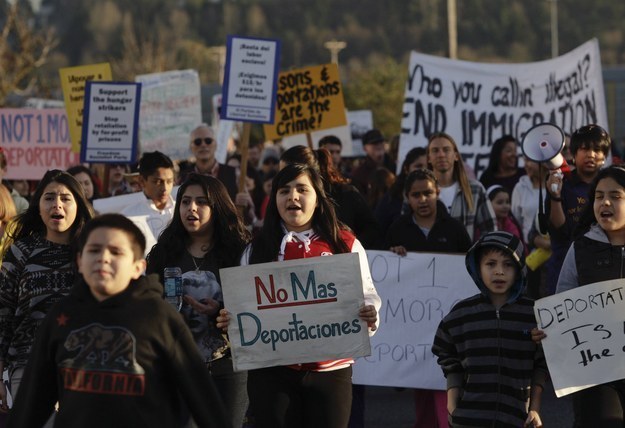
Some argue that Central Americans are taking advantage of a loophole in a 2008 law passed by President George W. Bush, intended to protect victims of human trafficking.
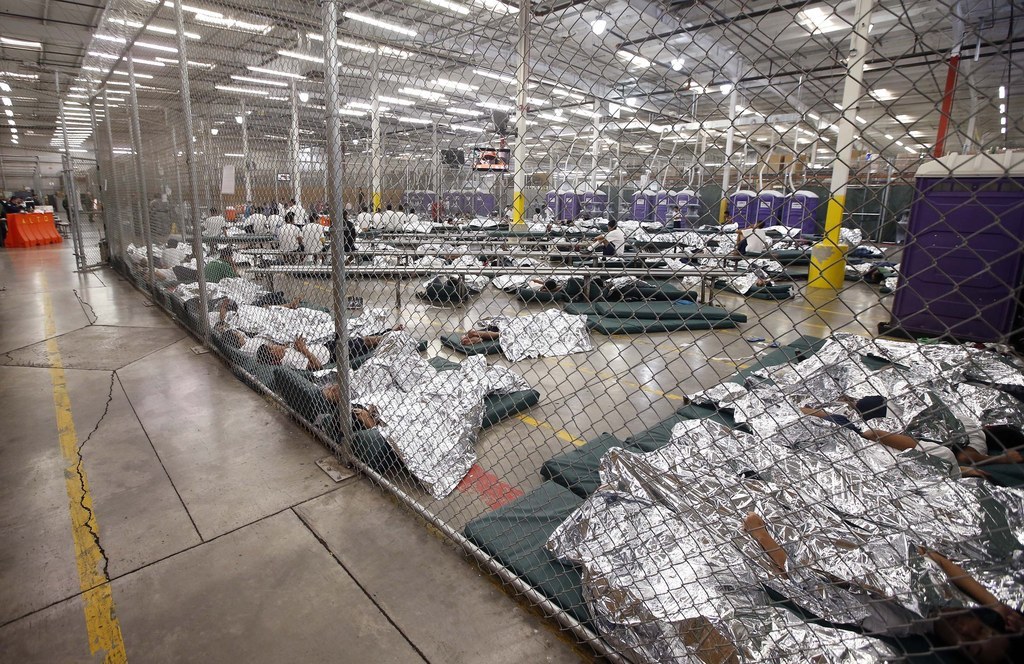
Those children are typically transferred to the Health and Human Services department, which then tries to find a parent or sponsor in the U.S. to care for them until their immigration cases are resolved.
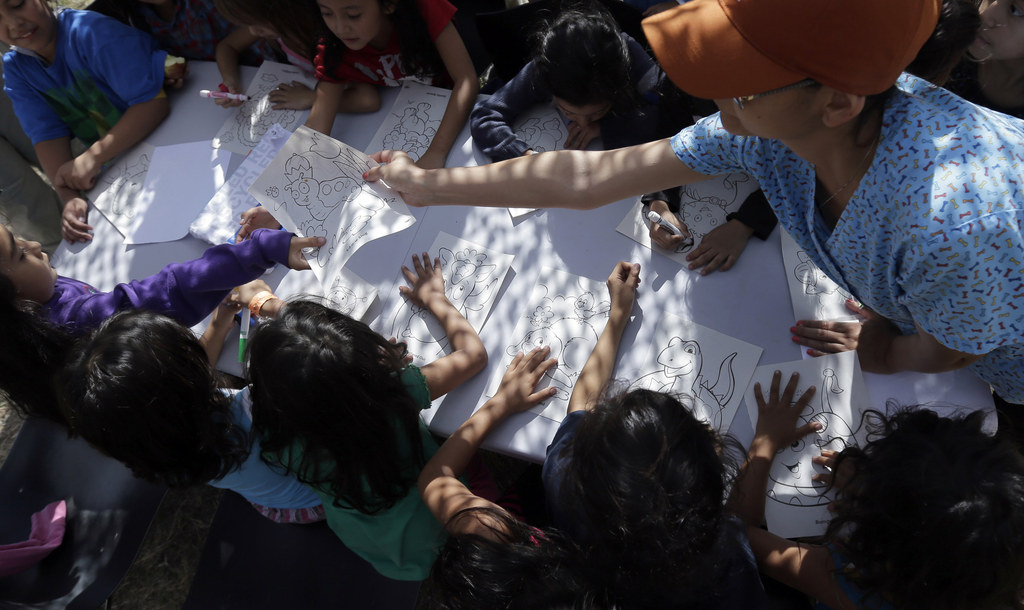
In interviews with children after they are caught, federal agents have said they often hear about "permisos" or permits to stay in the country temporarily.

A March report by the United Nations Refugee Agency, which talked to hundreds of Mexican and Central American children seeking asylum, found very few of them cited U.S. immigration policy as a reason for fleeing their country.
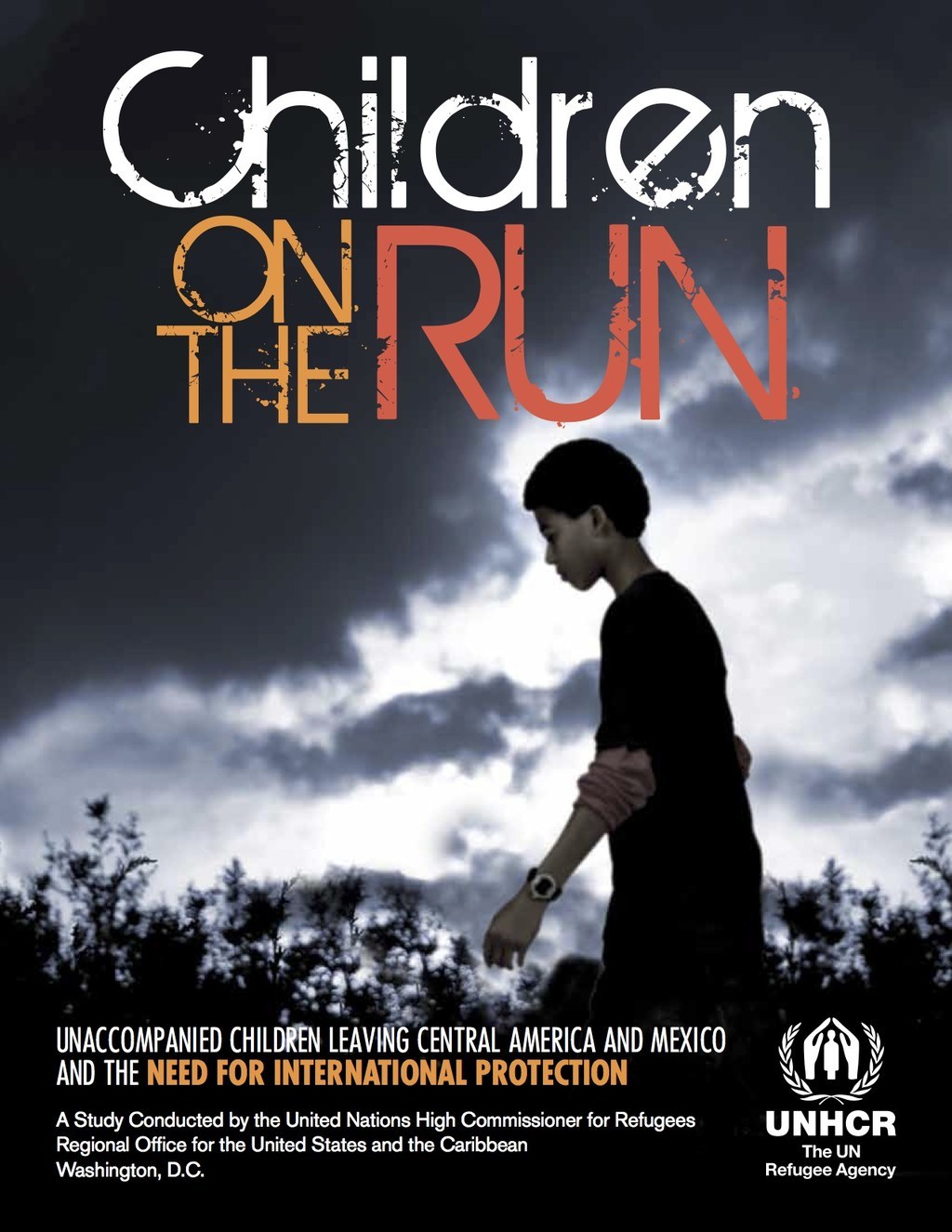
The report also noted a 432% increase in the number of people from El Salvador, Honduras and Guatemala seeking asylum in countries other than the U.S., such as Mexico, Panama, Nicaragua, Costa Rica, and Belize.
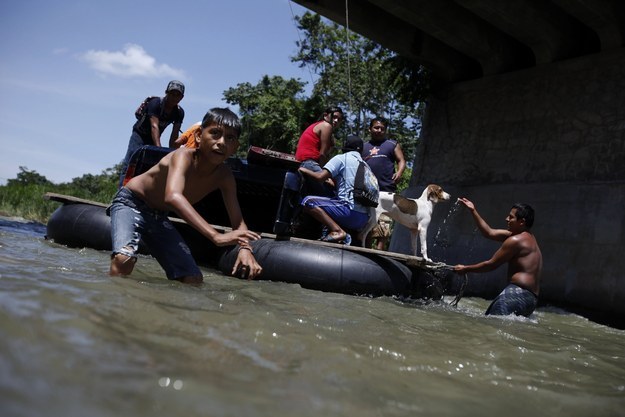
In early June, President Obama declared the surge in unaccompanied minors crossing the border illegally an “urgent humanitarian situation.”
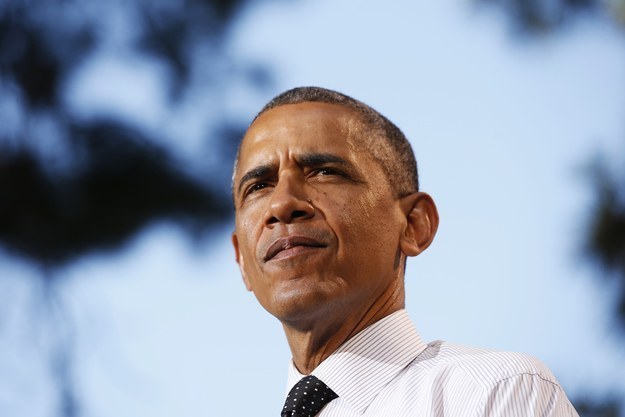
The government opened up temporary processing facilities at Border Patrol stations along the Southwest to supplement overwhelmed facilities in South Texas.

President Obama has also requested almost $4 billion in supplemental funding from Congress in order to continue efforts to process and house the children.
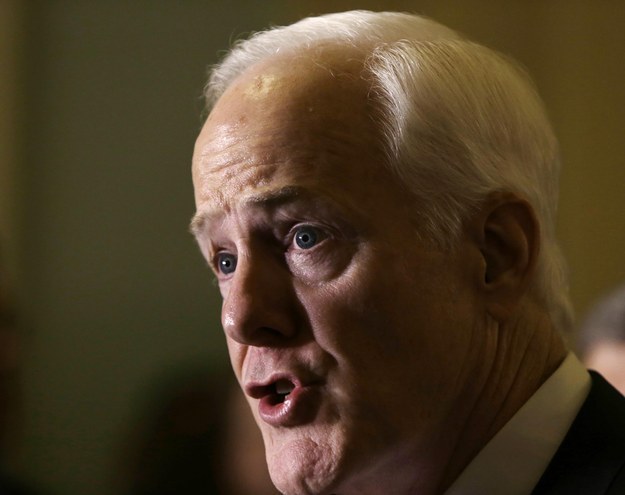
The White House has also said it will seek changes to the 2008 law to give immigration officials more “flexibility” to return unaccompanied migrant children more quickly to countries that don’t share a border with the U.S.
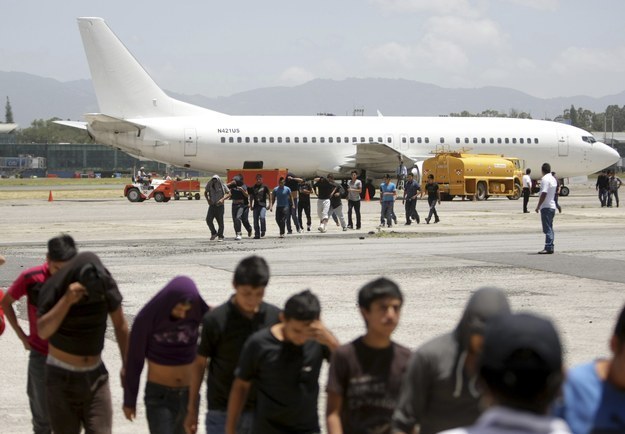
The administration has also started working with the governments of Honduras, Guatemala, El Salvador, and Mexico to improve conditions in those countries and discourage would-be migrants from leaving for the U.S.

Immigration attorneys say the bar for an asylum plea is generally set extremely high, and that the system is nearly impossible for a child without legal representation to navigate.
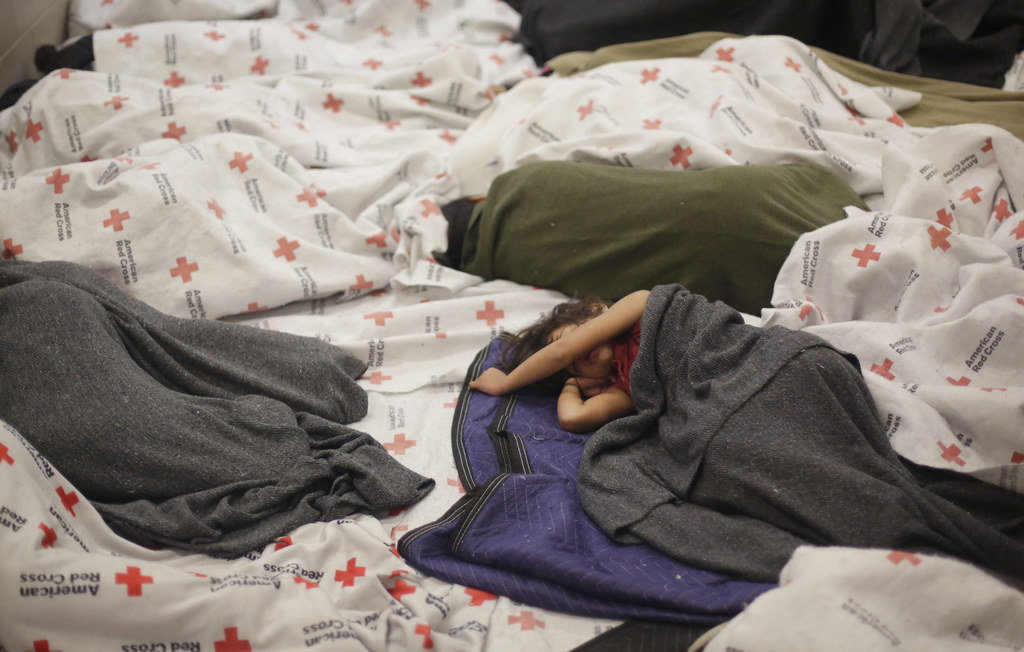
In addition to tens of thousands of children traveling to the U.S. border alone, there has been a dramatic increase in the number of children from Central America apprehended at the border with at least one of their parents, in most cases their mother.

Until recently, there was just one detention center in the country for families. The facility with less than 100 beds is located in Berks County, Penn.
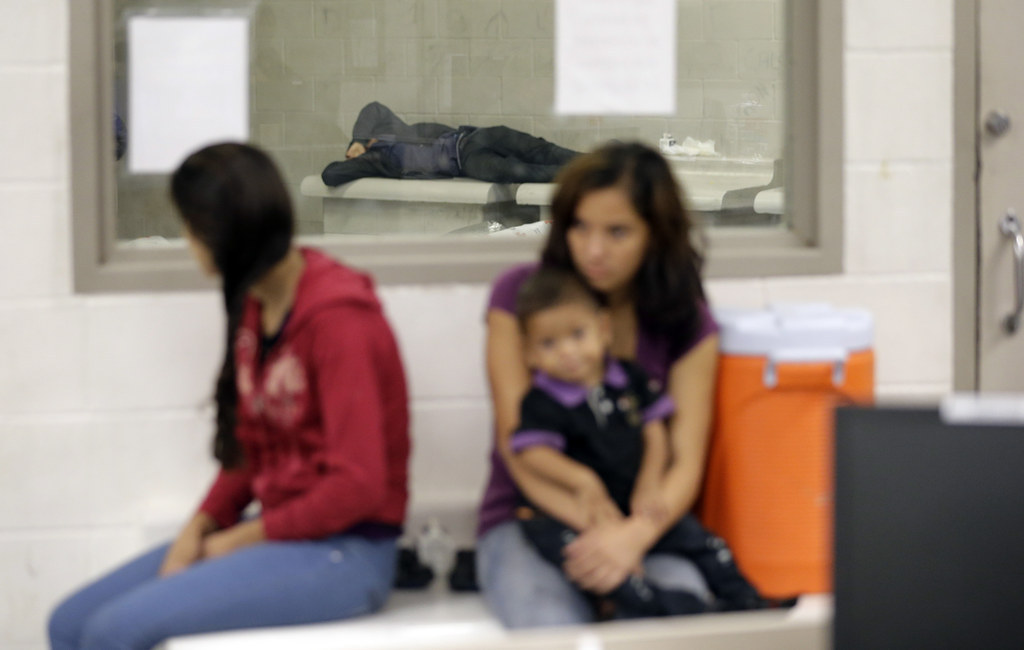
Generally, Central American families are released after they are processed and told to appear for immigration hearings in immigration courts near their intended destination.

An undisclosed number have been released in North and South Texas, at bus stations in Arizona, and most recently in southern California.
The influx has resulted in the largest caseload in immigration courts to date, with 250 judges in charge of reviewing more than 375,000 cases.
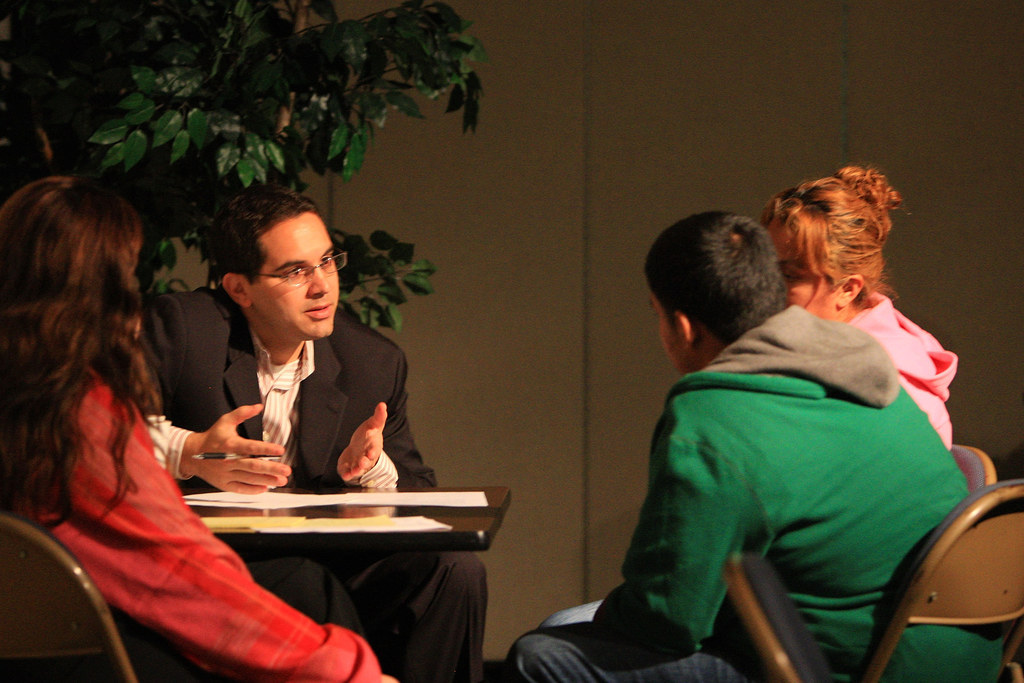
Three buses carrying families of undocumented immigrants to a station in Murrieta, Calif., were turned back after they were met by protesters.


The government relies on humanitarian aid groups to provide shelter and basic necessities, as well as transport fare, to the families after they are released by Immigration and Customs Enforcement.

The uptick in unaccompanied minors arriving from Central America has sparked a national debate about who or what is to blame, and whether the children should be allowed to stay.
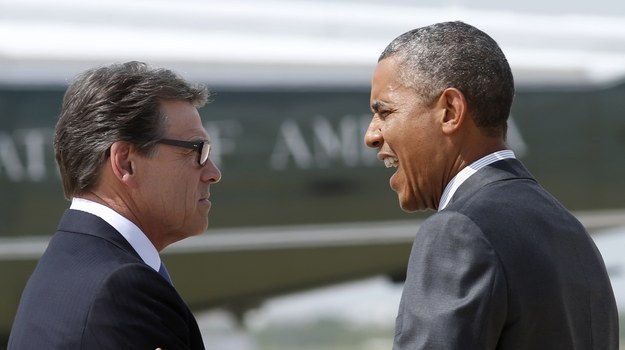
Politicians at the local level have also expressed frustration at the federal government for not alerting them when they planned to transport and release immigrants into their communities.
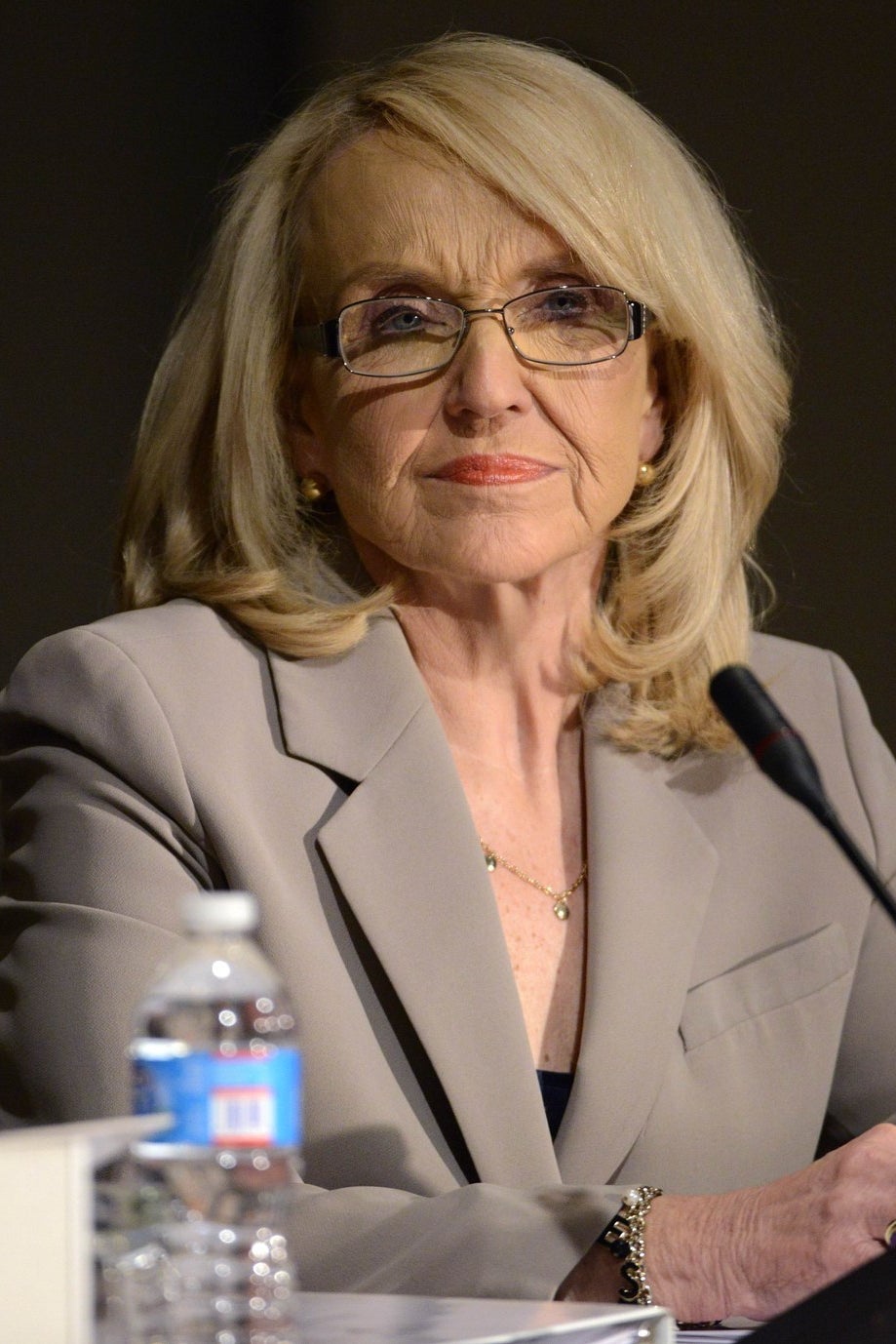
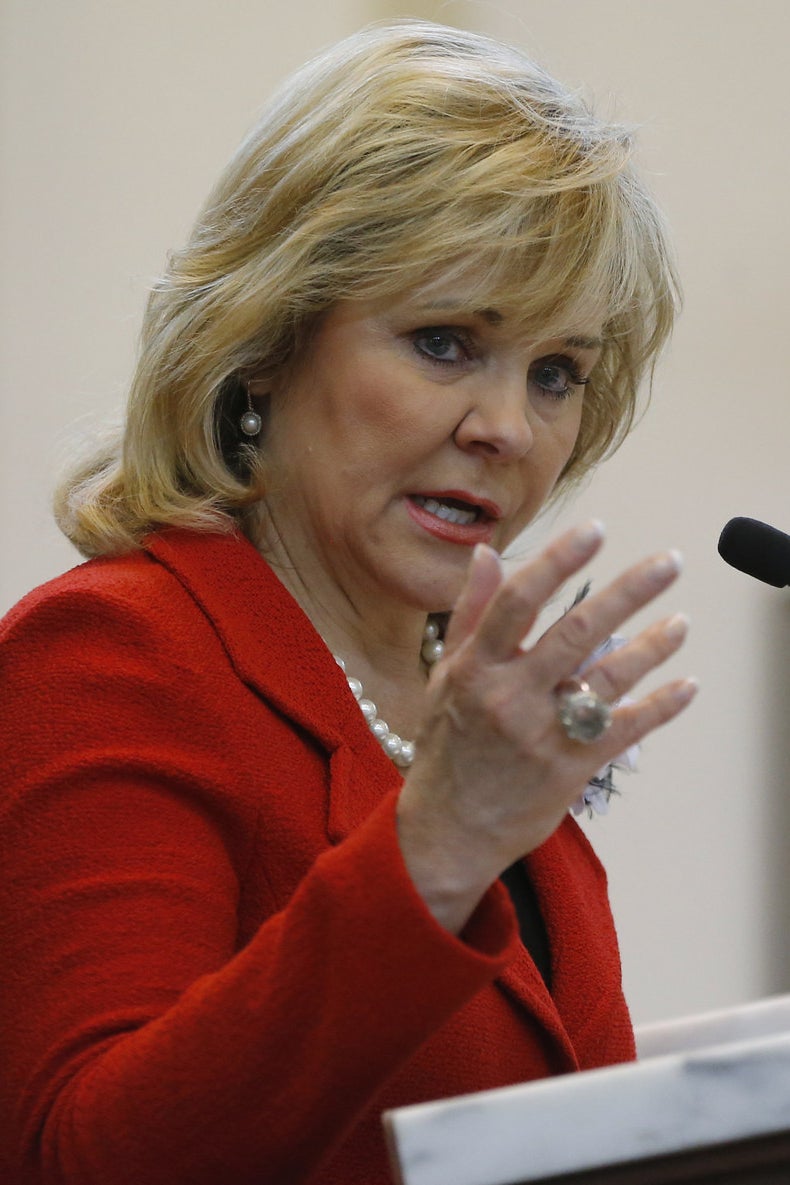
Others — stirred by reports of a few instances of communicable diseases like the flu and tuberculosis and parasites like scabies and lice — have suggested the wave of migrants could result in public health risks.
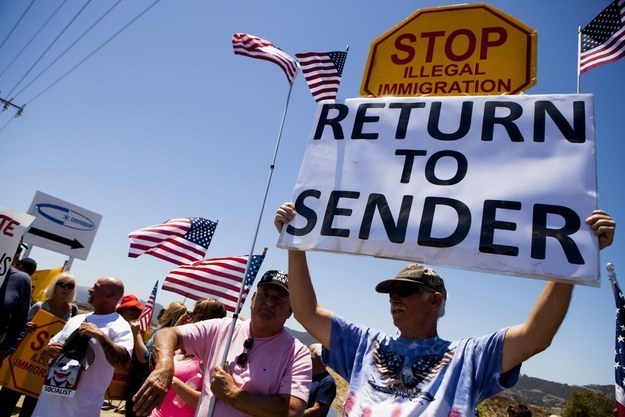
With Congress currently considering whether to allocate additional resources toward addressing the situation, the debate is likely to continue through the summer.
A previous version of this post incorrectly reported the county in Pennsylvania where a family detention center is located. It is Berks County.
